Liu Hanwen, member of the China-Greece Joint Laboratory on Cultural Heritage Conservation Technology (Joint Laboratory), was invited to attend the lectures “History Driven by Science” hosted by the Embassy of France in China on 22ndNovember 2022, where he gave an academic speech with the theme of “Qianlong’s Orders: Comparison of Chinese and Foreign Cloisonné Based on Scientific Analysis and Testing”. The lectures were the second Science Fair (Fête de la science) held by the embassy and took place both online and offline. Among the attendees were Zhao Bing, researcher at the French National Centre for Scientific Research (Centre national de la recherche scientifique, CNRS); Han Qian, deputy director of the Department of Objects and Decorative Arts at the Palace Museum; and Liu Hanwen, member of the Palace Museum’s Conservation Standards Research Institute. They gave lectures on the history of imperial enamelware and that of the technical exchanges between China and France and were also engaged in academic discussions.
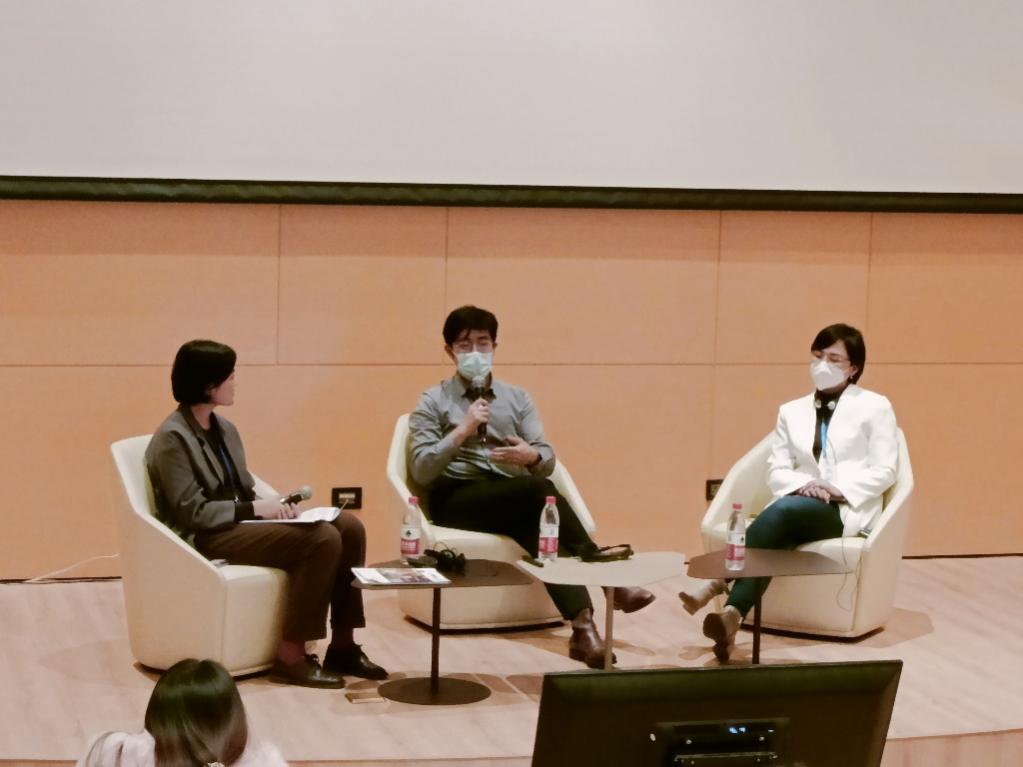
Participants engaged in academic discussions.
The events were hosted by Li Xin, representative of the CNRS Office in China, and began with an opening report by Zhao Bing, researcher at the East Asian Civilizations Research Centre and CNRS, who went over the progress of the ongoing collaboration between researchers from different French institutes and the Palace Museum. Both sides have engaged extensively in personnel exchanges, collaborative research and the establishment of technical standards. Zhao’s report was followed by that of Han Qian, deputy director of the Department of Objects and Decorative Arts at the Palace Museum, who introduced the interdisciplinary research by the Palace Museum on its enamelware collection. She elaborated on the research on the collection’s production and circulation and mentioned a batch of cloisonné that might have been made in France.
The last report was given by Liu Hanwen, which had the theme of “Qianlong’s Orders: Comparison of Chinese and Foreign Cloisonné Based on Scientific Analysis and Testing”. Liu introduced the application of non-destructive testing and analysis to the research on cloisonné along with case studies. He demonstrated the discovery of an emblem hidden inside an enamel teapot with a chrysanthemum motif with the use of testing and analysis equipment such as X-ray CT, Raman Laser Spectrometer and X-ray fluorescence spectrometer. The item was proven to have been produced in Paris in 1783 before being transported to and housed in China’s Forbidden City. Meanwhile, a methodology for analysis and testing to effectively differentiate cloisonné produced in China or other countries has been developed as a result. It serves as a technical foundation for determining the origins of objects and the object and technical exchanges between France and China.
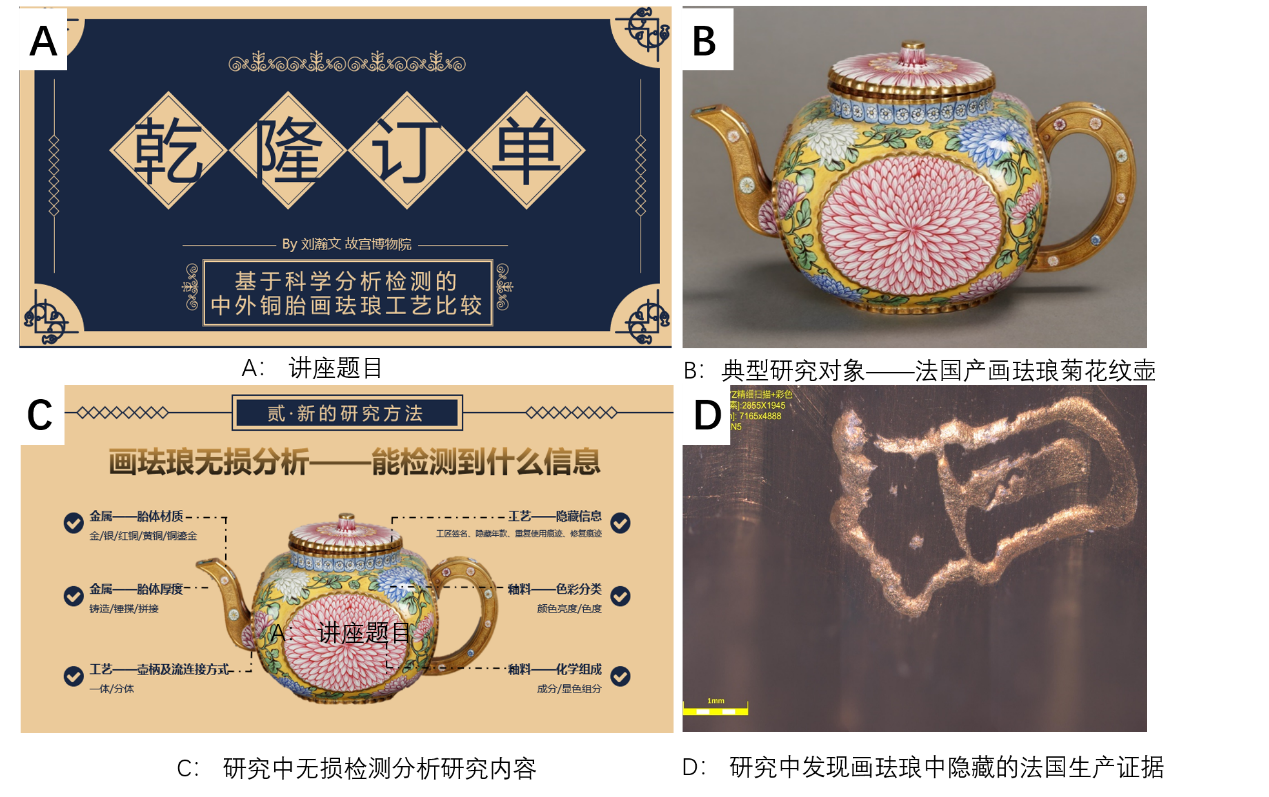
Supported by scientific-research collaboration platforms such as the Joint Laboratory, the research team from the Palace Museum’s Conservation Standards Research Institute has been committed to the research and development of technology and equipment for non-destructive artefact analysis and applied and standardised research. In addition to achieving landmark results, the team has been actively taking part in international projects and promoting communication and collaboration in the artefact-preservation field. Since 2020, the team has actively participated in the project “Enamelware (mid-17thand -19thcenturies) Exchanges between France and China: Technical, Cultural and Diplomatic Interaction”. The team has been examining research questions with the Department of Objects and Decorative Arts,Department of Palace Life and Imperial Ritual and Department of conservation Science at the Palace Museum and researchers from different French institutes. By thoroughly combining the methodologies of natural science and humanities and social sciences, the team and its partners have been analysing the enamelware collections at the Palace Museum and museums in France from two directions: Chinese and foreign archives and literature and physicochemical testing of data. They have thus learnt the exchange of materials, techniques and craftsmen between the two countries. The contents of these lectures are based on the preliminary results of the above-mentioned project and have been published in issue 10 ofHeritage Sciencein 2022 with the title: The Qianlong Emperor’s order: scientific analysis helps find French painted enamel among Palace Museum collections.
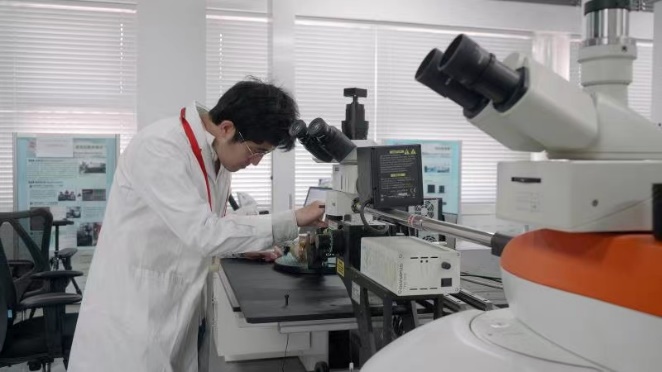
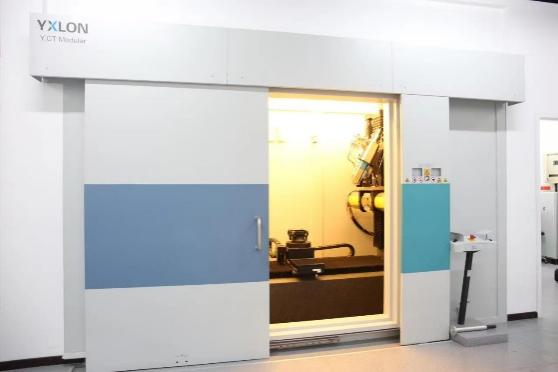
Researcher using the Raman spectrometer (L) and CT (R) for testing and analysis.
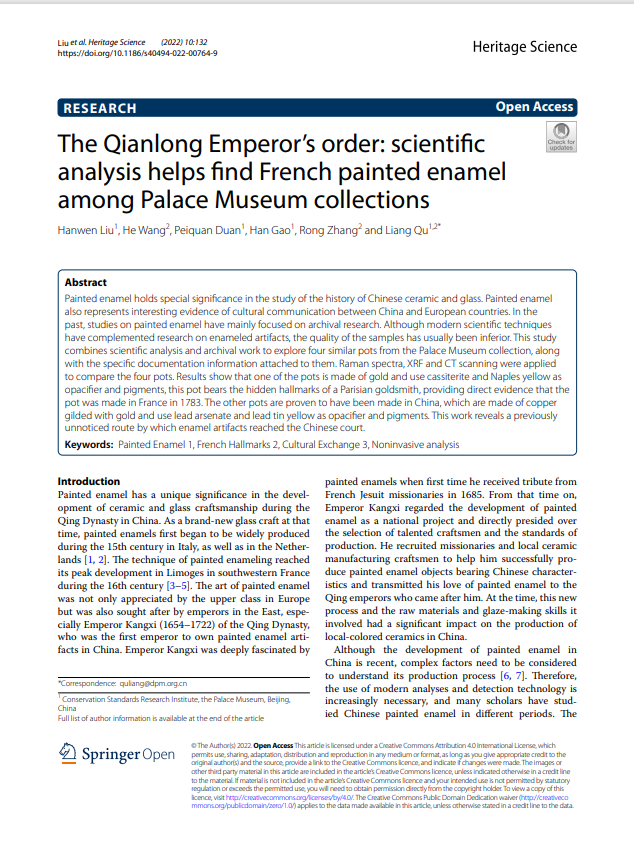
Paper containing research results published in issue 10 ofHeritage Sciencein 2022.
DOI:10.1186/s40494-022-00764-9







